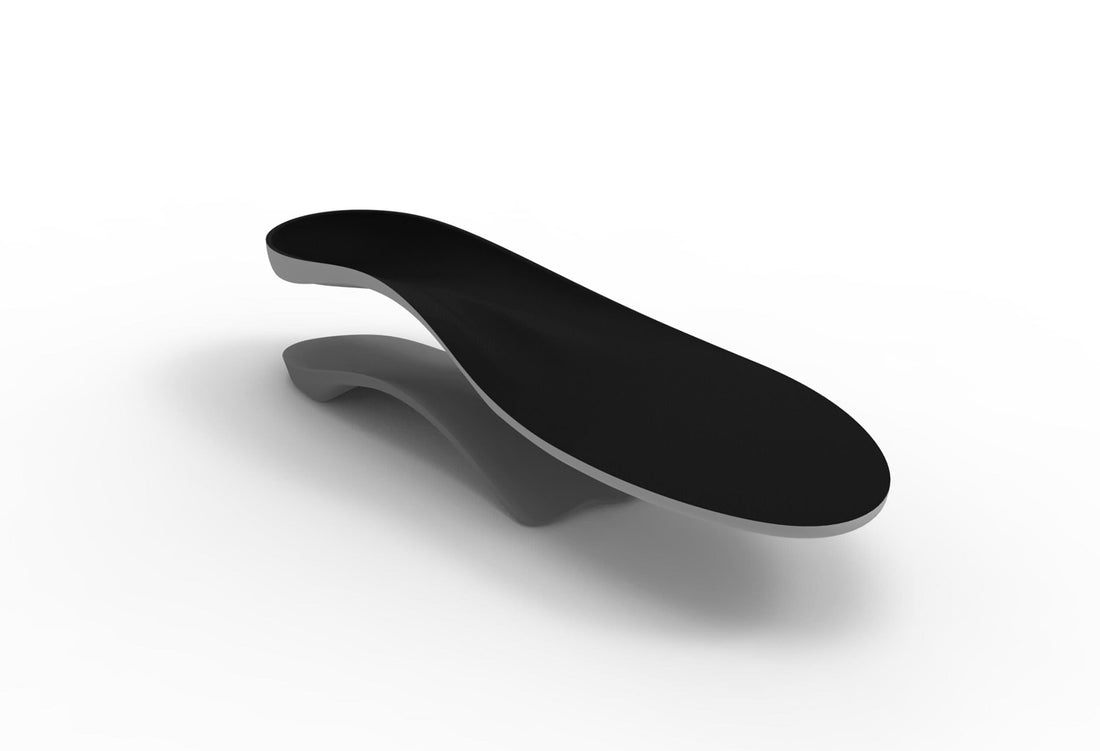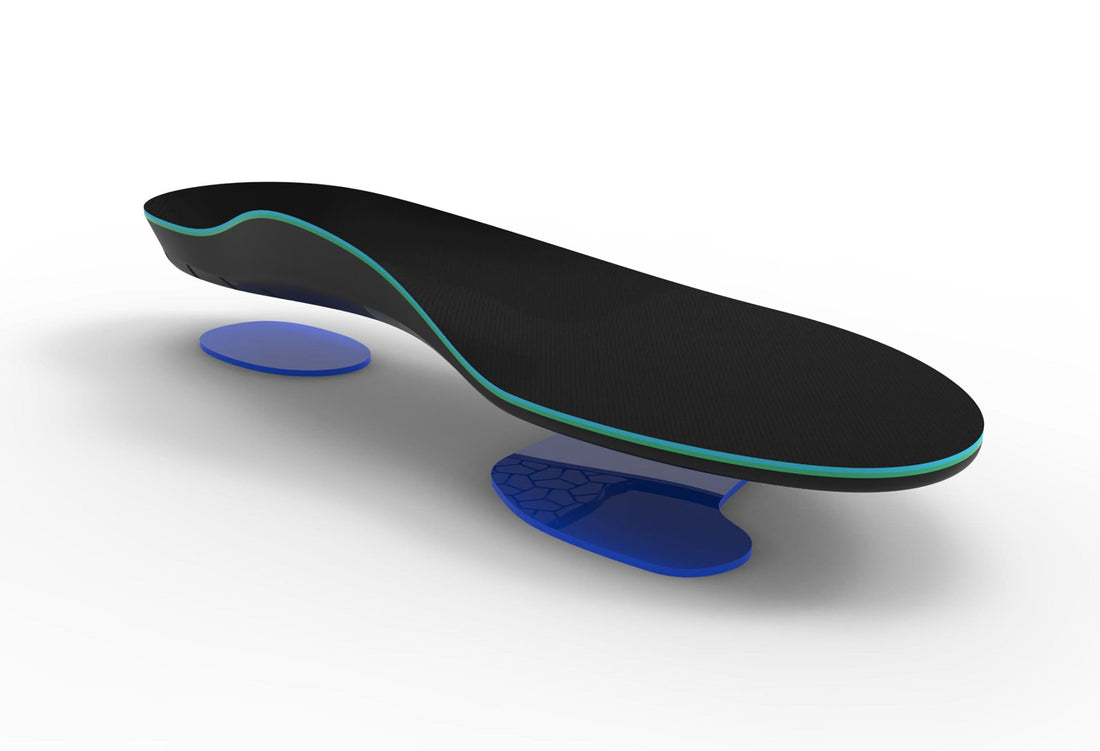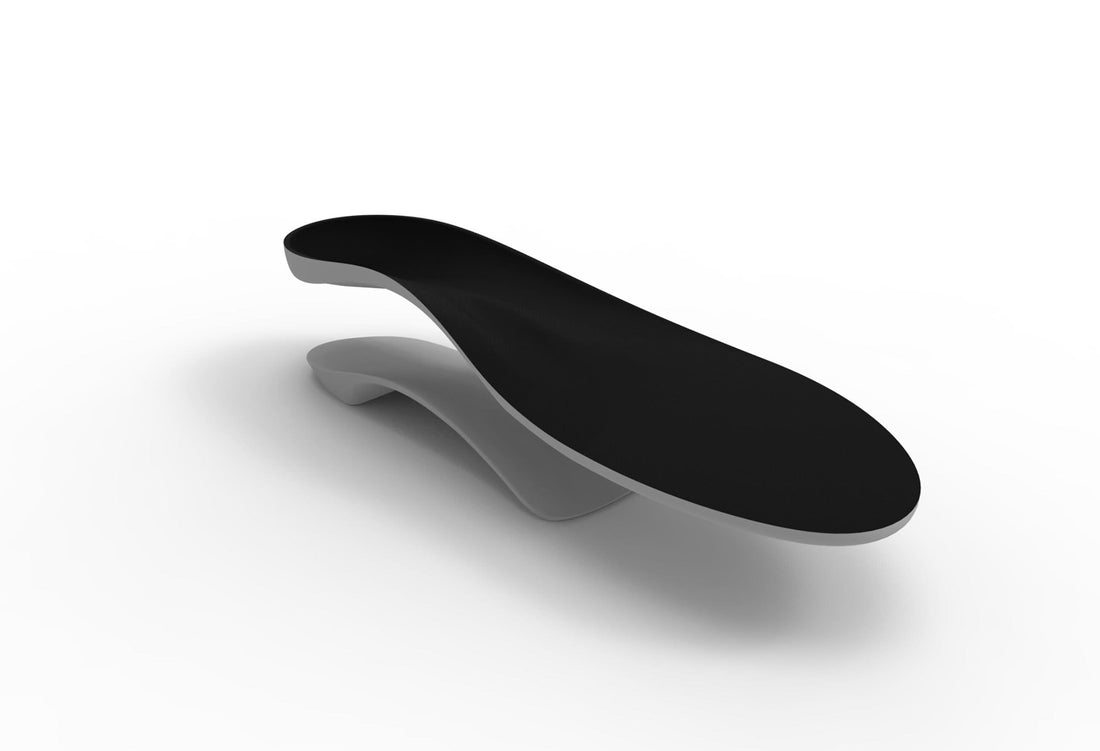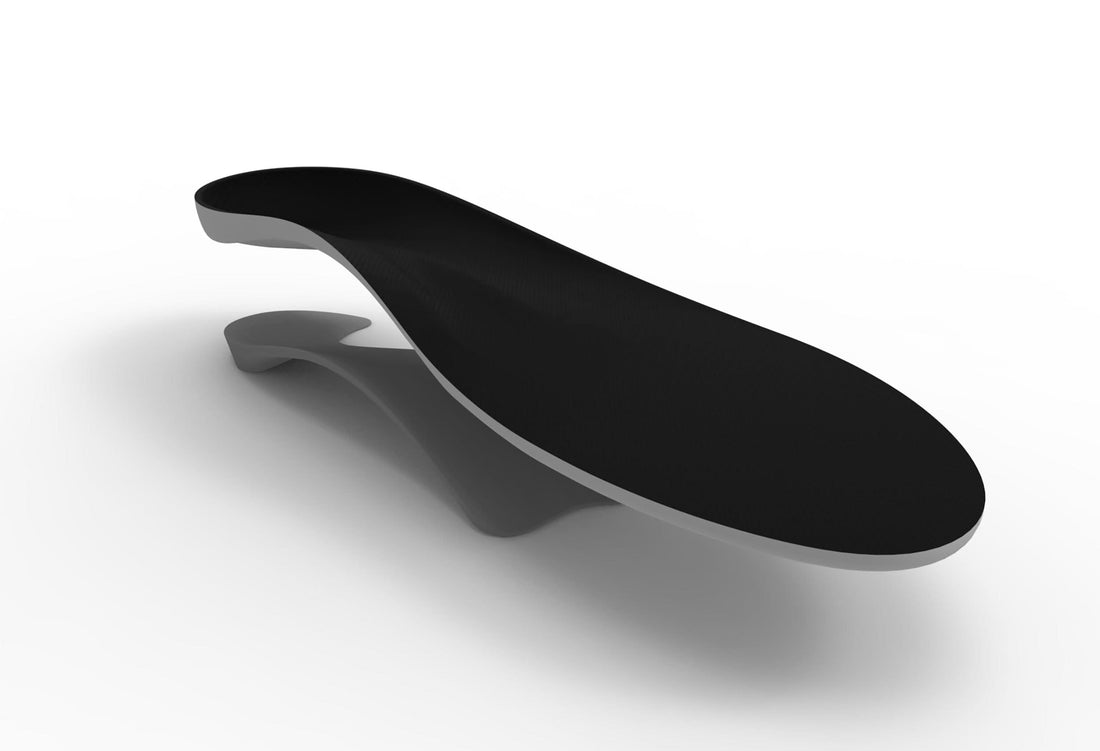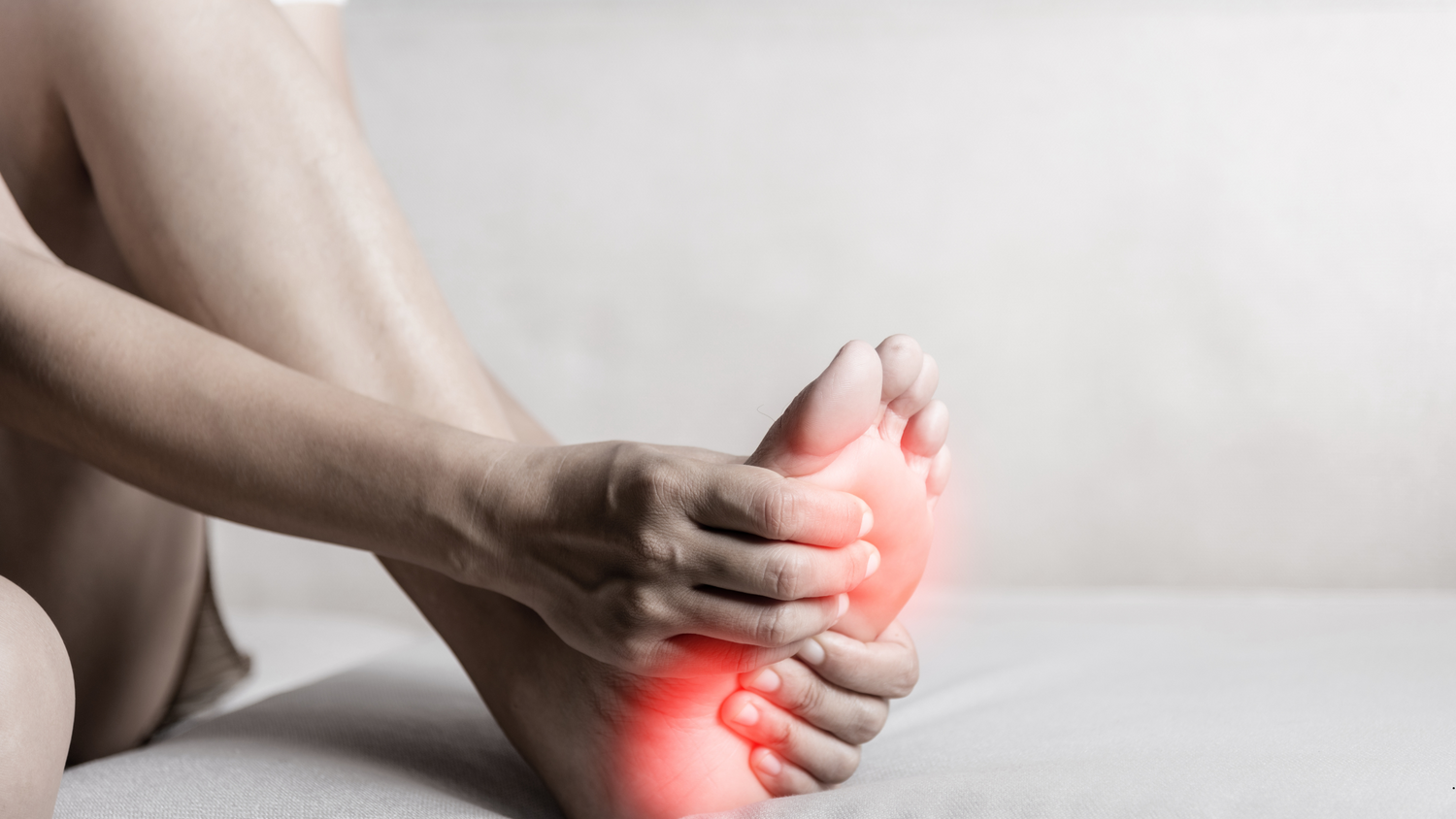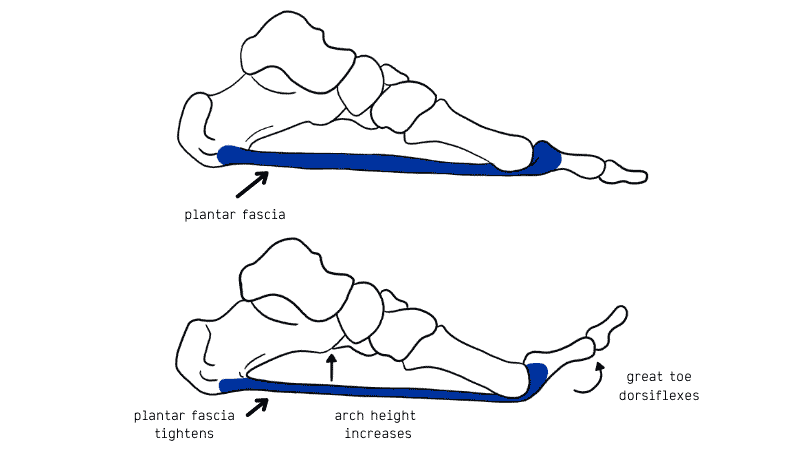Bunions refer to abnormal enlargements/lumps overlying the big toe joint or metatarsal joint. It is medically refereed to as a ‘Hallux valgus’ or HAV, and are common causes of pain in the big toe. Bunions can also occur overlying the major joint in the 5th toe and are referred to as ‘Bunionettes’ or a ‘Tailors Bunion’ as they were a common among Tailors due to the way they were sitting while working (diagram). As the Bunions are a progressive disorder, they will often lead to further problems of the lesser digits including clawed toes, subluxations and callous lesions.
Cause
There are a number of causes of Bunions and Bunionettes, however a high percentage of people are genetically predisposed to developing them. Others causes include;
- Excessive trauma
- History of ill fitted shoes (pointy toebox, high heels etc) – A very low percentage of people, who naturally don’t wear any footwear, present with this condition
- A natural degenerative change (arthritis)
- Chronic irritation or pressure (sitting posture, work or sporting activities/demands)
- Poor biomechanics (excessive pronation/flat feet)
Symptoms
- Visible soft tissue or osseous lump overlying the joint (‘Bunion’)
- Pain is localized to the first metatarsal phalangeal joint (diagram) (or 5th toe for Bunionette)
- Pain is reproduced through pulling the toe back towards you or away from you
- Swelling, soreness and thickening of the skin overlying the area
- Re-orientation of the toe (lateral movement) (diagram)
- Often painful in heels or pointy shoes and during exercise
Diagnosis
Diagnosis of a Bunion is determined by a combined clinical assessment and radiographic evidence. A clinical assessment will reveal the above symptoms and a reduced range of motion of the joint in combination with pain upon palpation of the joint. An x-ray will reveal an abnormal Hallux Abductus angle greater than 15degrees and arthritic changes at the joints in question. Bunions are then graded according to a scale (The Manchester scale) in order to provide the most appropriate treatment plan.
Treatment
Treatment of Bunions are broken up into conservative and surgical and are based on level of pain, and immobility, outcome of any treatment to date and cosmetic concerns.
Conservative
Conservative treatment is based upon pain reduction and minimizing or slowing the progression of the bunion development.
- Pain relief can be achieved through Resting and Icing inflamed joints, and speaking with your practitioner about possible pain relief medication
- Orthotics: A rigid device, such as the Interpod Flex, will help to realign the posture of the foot and prevent excessive stress placed through the big toe joint. The Interpod soft might be used if the bunion is causing excessive callous build up to also provide a high level of cushioning to the feet. Both devices may help to reduce the rate of progression of the bunion.
- Stretching exercises of the big toe
- Footwear: extra depth and width at the toe box will take away pressure and slow down the progression of the bunion
- Foam or silicon pads can be used to minimize pressure lesions
- Toe Splints/manipulation
Prevention
Prevention of Bunions may not be possible if there is already a family tendency. Many things can be done to delay the onset and progression of the disorder. Discuss a number of strategies within the treatment section, such as appropriate footwear, stretches and orthotic management, with your health practitioner to see if they are suitable for you.
References
Menz, H. (2008). Foot problems in older people. Assessment and Management. Churchill and Livingston, Chapter 8.


